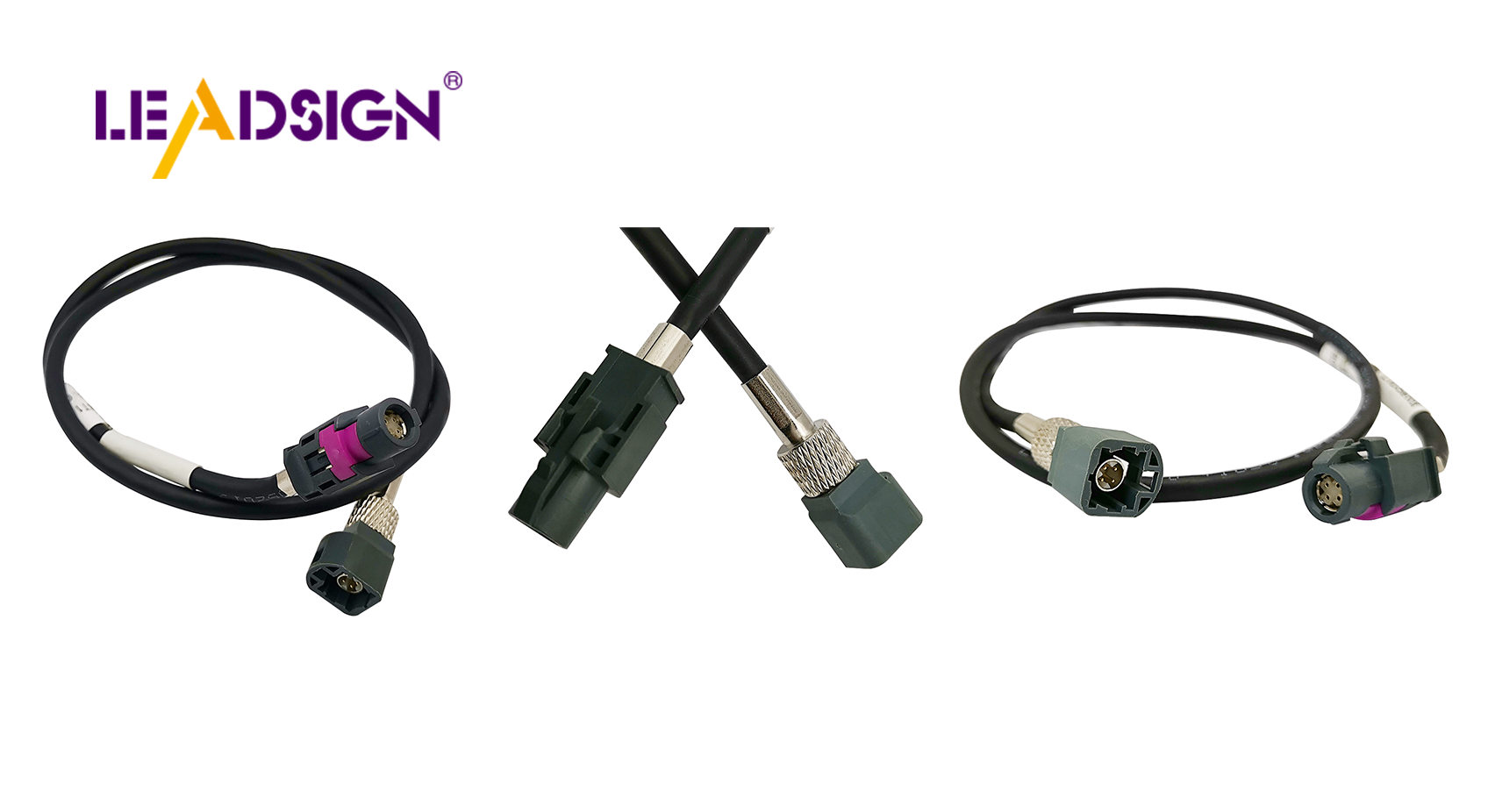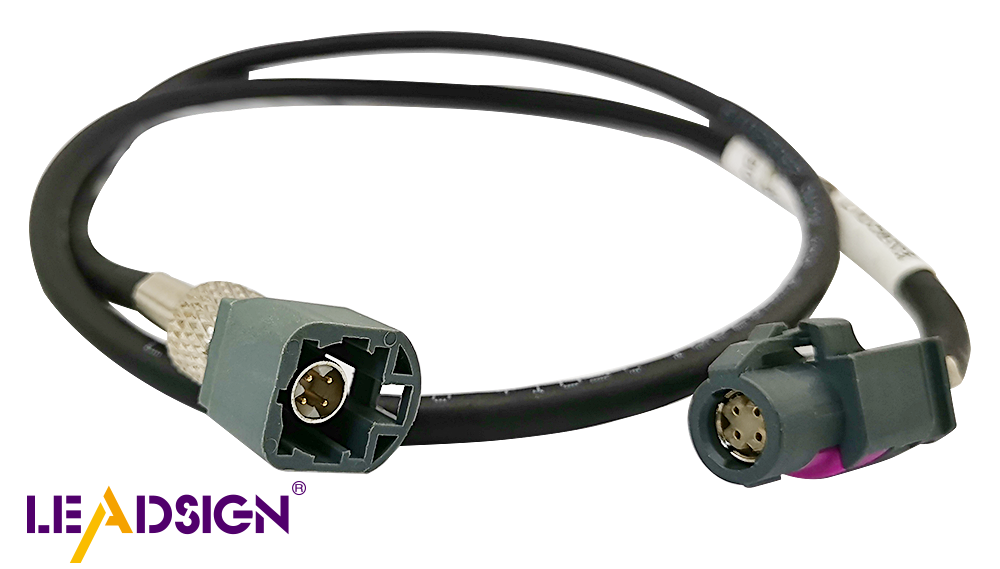How to Recognize Automotive Electrical Connectors Types

Understanding auto wire connector types is crucial for repairing vehicles. By familiarizing yourself with various car electrical connectors, you can effectively diagnose issues and prevent unnecessary repairs and part replacements. Recognizing different connector types enables quicker and more reliable work, particularly when utilizing color codes. Accurate identification of connectors enhances the repair process, reduces the risk of damage, and prolongs the lifespan of components. Acquiring knowledge of auto wire connector types contributes to safer and more efficient vehicle maintenance.
Basic Ways to Identify Connectors
Counting Pins
Why Pin Count Matters
Counting pins helps you know the connector type. Each pin carries signals, so more pins mean different uses. Knowing pin numbers helps match connectors correctly. Counting pins helps you
Common Pin Setups
Car connectors have different pin setups like 2, 4, or 6 pins. Learn these setups to tell connectors apart easily. This stops mistakes and speeds up repairs.
Understanding Shapes
Usual Connector Shapes
Connectors come in shapes like rectangles and circles. Each shape is for a certain job in the car's system.
Tips for Shape Spotting
To spot shapes, look at the connector's edges. Notice special features like grooves. These help you tell similar connectors apart. Practice looking at these details to get better at it.
By learning these methods, you can fix cars faster and better. Knowing about pins and shapes helps make good connections and keeps car parts working longer.
Detailed Considerations
Color Coding
Importance of color in connectors
Colors help identify car connectors. You can tell what a connector does by its color. This method reduces mistakes and speeds up repairs. Research on Color Coding and Locking Mechanisms in Automotive Connectors shows color-coded connectors boost confidence in connections. They also save money and improve testing reliability. Using these connectors cuts setup time and prevents damage.
Common color codes
Connector colors show different signals. Red might mean power, black could mean ground. Learning these colors helps find circuit problems faster. This technique narrows down issues and improves diagnostics planning. It saves time and lowers mistake risks.
Keyways and Locking Mechanisms keyways and locking mechanisms
Knowing keyways
Keyways are small bumps or grooves on connectors. They make sure connectors fit right with others. Checking keyways helps tell similar connectors apart. This stops wrong connections that cause problems. Watching keyways makes repairs more accurate.
Types of locking mechanisms
Locking mechanisms keep connectors secure. They stop accidental disconnections for stable links. You might see clips, wedges, or latches. Each type offers different security levels. Understanding these helps handle connectors better, keeping them connected during use.
Mastering color coding and keyways improves your skill with car connectors, leading to better repairs and longer-lasting parts.
Auto Wire Connector Types

Knowing different auto wire connector types helps fix cars. These connectors have different jobs, and knowing them makes fixing car electrical problems easier.
Overview of Auto Wire Connector Types
Common types and their uses
Butt Connectors: Join two wires together. They make strong links and are used in car wiring fixes. For example, when changing a bulb, you use butt connectors for a stable link.
Color-coded Connectors: Make spotting easy with colors. Colors show what each connector does, saving time and making tests better. This is helpful in complex systems with many connections.
HSD Connectors: Send fast data in car electronics. Used in USBs, digital systems, and wireless stations. They have locks to keep connections safe.
Crimp Connectors: Attach wires to ends strongly. Known for being tough, they’re used where strong links are needed.
Plug and Socket Connectors: Link wires to devices easily. Good for parts needing frequent checks or swaps.
Differences between types
Functionality: Each type has a job. Butt connectors join wires; HSD ones send fast data.
Design: Looks differ by type. Color-coded ones use colors; crimp ones use strength for tight fits.
Application: Pick based on need. In car electronics, HSD is for data tasks; plug and socket is for easy access parts.
Learning these connectors helps make smart repair choices. This knowledge boosts work efficiency and keeps the car’s electrical system reliable longer.
Practical Tips for Buying Connectors
Spotting Good Connectors
Material Matters
Pick connectors made from strong stuff. Good ones use copper or brass pins for great conductivity. The outside should be tough plastic or metal to handle rough conditions. Choosing these materials means your connections last longer.
Brand Choices
Go for brands you trust. Brands like LEADSIGN make connectors for fast data in cars. They give clear details and help, so they're a smart pick. Picking famous brands can save time and money by avoiding bad connections.
Where to Buy
Online vs. In-Store
You can buy connectors online or in stores. Online is easy with lots of choices and reviews to guide you. In-store lets you see the connectors up close to check quality. Both ways have benefits, so choose what suits you best.
Finding Deals
To get good prices, compare different places. Look for sales or bulk deals to save cash. Sign up for newsletters from trusted sellers for sale alerts. Buy from official dealers to get real products. These tips help you find quality connectors at good prices.
Technicians often find wiring diagrams tricky. Knowing them helps pick the right connectors, ensuring they work well.
By choosing wisely and buying smartly, you keep car electrical systems in top shape.
Knowing automotive electrical connectors needs some simple steps. Count the pins, look at their shapes, and notice their colors to make sure they fit right. These steps help you fix things faster and avoid errors.
Helpful Hints:
Practice Often: Get used to different connectors.
Use Colors Wisely: They make finding problems easier and safer.
Look at Keyways: Make sure they fit snugly and correctly.
Try these tips when working on cars to get better skills and feel more confident. By learning these ways, you become better at fixing and taking care of vehicles.
See Also
Exploring HSD Connectors in Automotive Sector
Navigating Ford Fakra Connectors
Significance of FAKRA Connectors in Auto Uses

